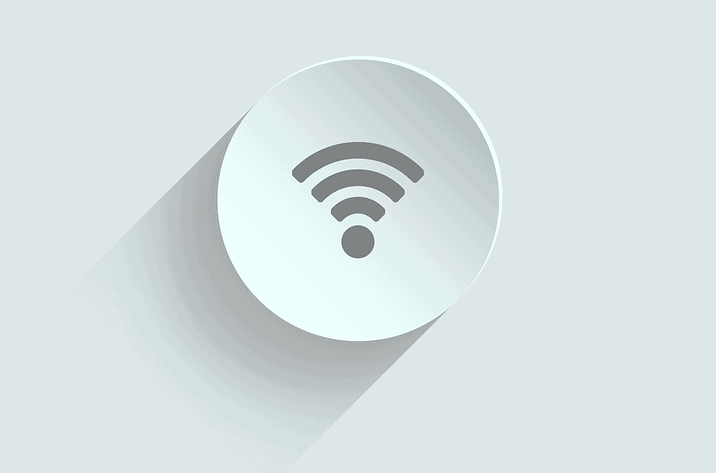Four Monetization Strategies for In-Flight Wi-Fi
Share
APEX Insight: Senior consultant at Valour Consultancy and author of The Future of In-Flight Connectivity report Daniel Welch identifies four approaches to in-flight connectivity that make it worthwhile for airlines.
As of March 2018, 90 different carriers were offering in-flight internet connectivity (IFC) according to London-based Valour Consultancy’s 2018 edition of its flagship report, The Future of In-Flight Connectivity. The 221-page report dives deep into the current state of the in-flight connectivity industry and forecasts as far ahead as 2026.
While nearly four in ten aircraft are expected to be equipped to offer in-flight Wi-Fi by the end of the year, service consistency, passenger uptake and cost must be addressed to sway carriers that are yet to be convinced of the benefits of IFC. “The consistency in service performance is still not where airlines need it to be to deliver the desired passenger experience, and high ongoing fees make it difficult to offer session passes at a reasonable price, let alone for free,” said Daniel Welch, senior consultant at Valour and author of the report.
The result is a passenger take rate hovering around 5-8%, which presents a challenge for airlines looking to generate ancillary revenue from their Wi-Fi offerings. This problem looms even larger for low-cost carriers and airlines in price-sensitive markets. “We did ask airlines interviewed as part of this research about their IFC strategy and it became apparent there are four models,” Welch told APEX Media.
Differentiation For Top-Tier Customers
Some carriers, including Southwest Airlines, offer free IFC to frequent and top-tier flyers as a value-added service. “In this case the cost of providing the free service is justified by passenger satisfaction metrics and returning passengers,” Welch explained.
Domestic Differentiation
Other carriers, like All Nippon Airways and Japan Airlines, offer free Wi-Fi on domestic flights in order to stand out in a highly competitive market. According to Welch, in these circumstances, the cost of providing the free service is assumed to be absorbed in ticket sales.
Sponsorship
An ideal situation for airlines is when when the cost of IFC is covered by revenue gained from sponsorship and/or advertising. “To date, very few airlines have made this work, primarily due to low take rates,” Welch explained. “JetBlue, through its partnership with Amazon, is one example of a success story.” The sponsorship strategy is a chicken-and-egg scenario, he added, since take rates under a free model are typically around 40%, which makes it naturally attractive for brands to invest in. But until the airline secures a sponsor, it must cover the ongoing service costs. Most airlines are unable to do this meaning they have to charge passengers, which causes take rates to drop to just 5-8%.
Operational Efficiencies
Some airlines are beginning to offset the cost of providing IFC by moving operational data, such as real-time weather updates, maintenance data and real-time payment verification, over the passenger connectivity pipe. “Despite the large operational savings that can be made through IFC,” noted Welch, “very few airlines are deploying this model. We do expect the nose-to-tail story to resonate more so with LCCs than the traditional carriers. The reason being that LCCs are notoriously cost conscious and any IFC system that can promise significant savings, or ‘pay for itself’ will almost certainly be of interest.”



